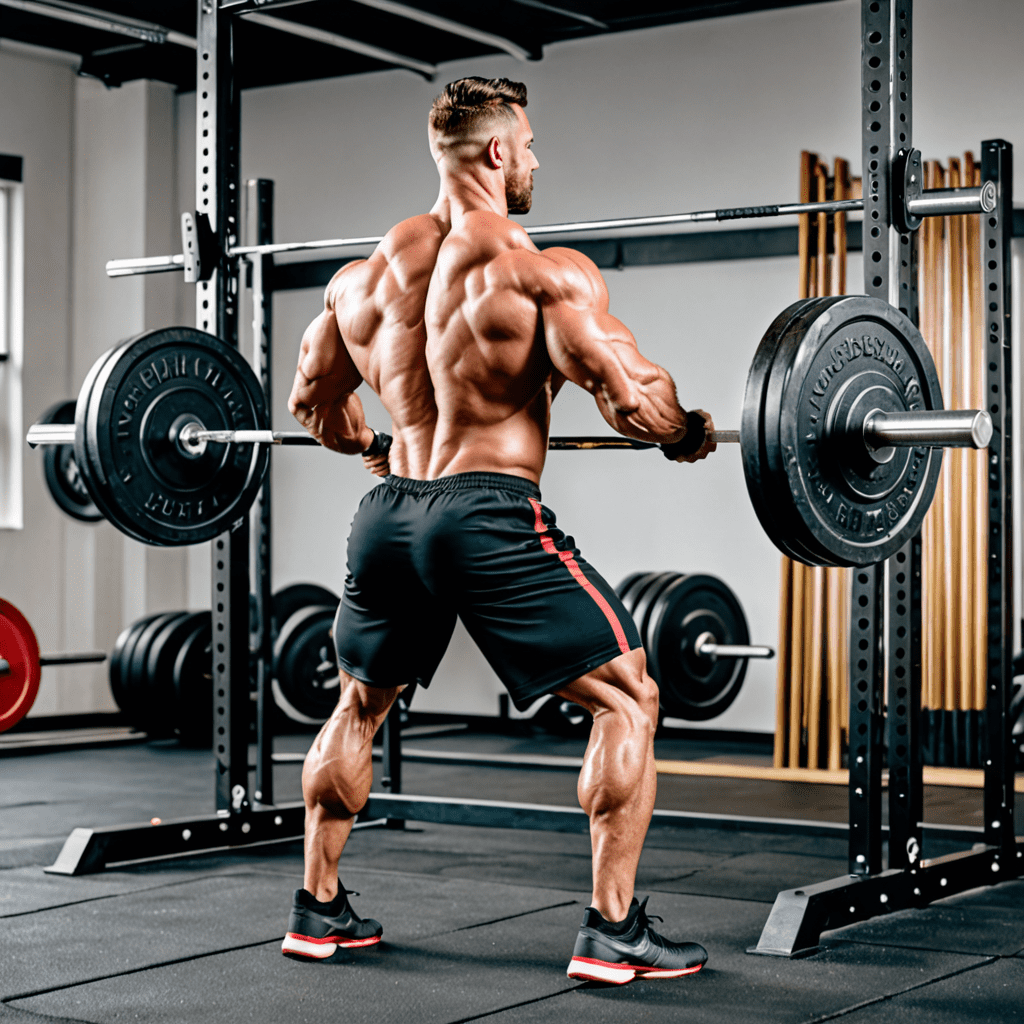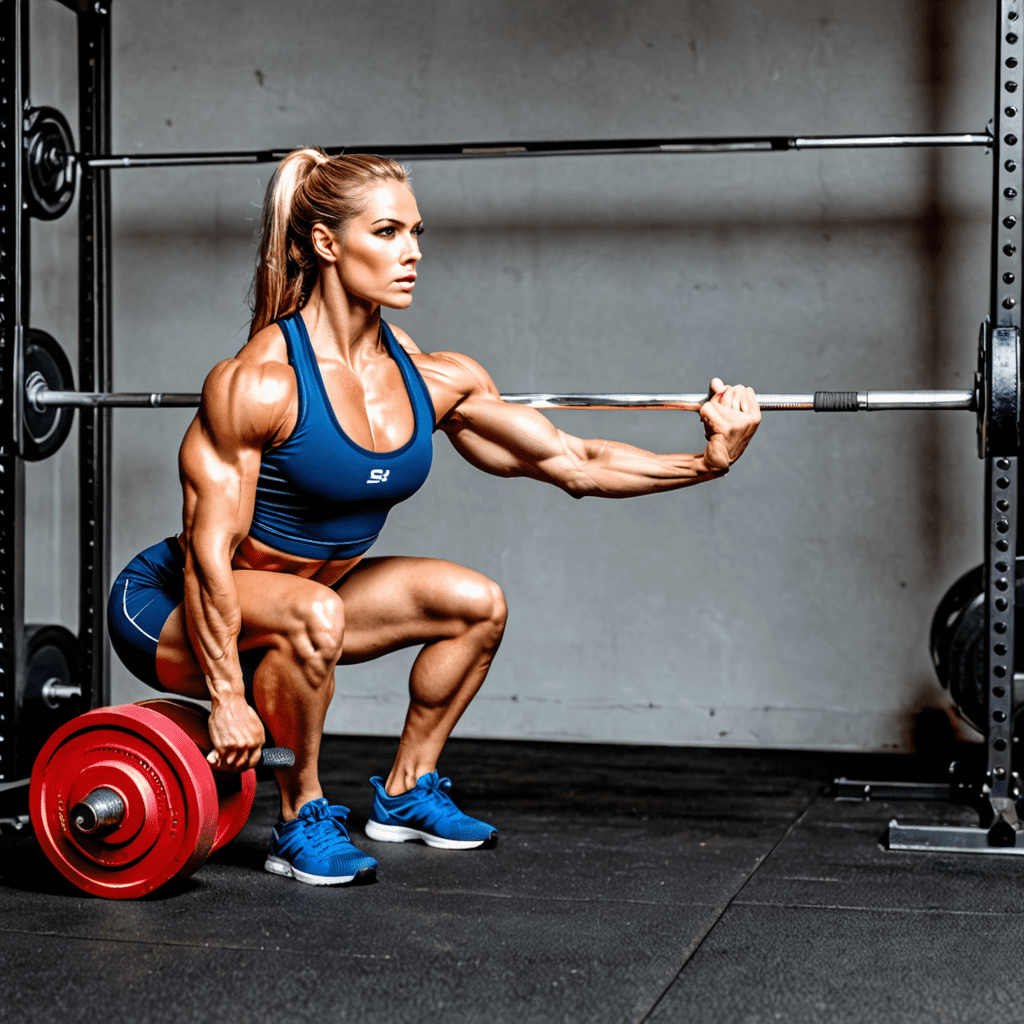
How Heavy is the Squat Bar?
When it comes to weightlifting, the squat is a staple exercise that targets multiple muscle groups in the lower body. To perform this exercise correctly and safely, it is important to understand the equipment used, particularly the squat bar. In this article, we will explore the weight of a squat bar, its standard specifications, and other relevant information.
Understanding the Squat Bar
The squat bar is a specialized barbell designed specifically for the squat exercise. Unlike a regular barbell, the squat bar is longer and heavier to accommodate the demands of this compound movement. It is traditionally used for back squats, front squats, and variations like the low bar and high bar squats.
The Weight of a Standard Squat Bar
A standard squat bar typically weighs 20 kilograms or 45 pounds. This weight is the same for men’s and women’s bars. The traditional Olympic weightlifting bar, used in competitions, also weighs the same. However, it is essential to note that some specialized gyms or training facilities may offer variations of squat bars with different weights.
Variations in Squat Bar Weight
While the standard weight of a squat bar remains consistent at 45 pounds or 20 kilograms, variations may exist in certain training settings. Some establishments provide lighter bars, usually weighing 33 pounds or 15 kilograms, to accommodate individuals who are beginners, have limited strength, or are looking to focus on technique rather than heavy lifting.
On the other hand, powerlifting gyms may offer specialized squat bars weighing up to 55 pounds or 25 kilograms. These heavier bars are favored by experienced lifters aiming to enhance their strength and performance in powerlifting competitions.
Additional Specifications of a Squat Bar
Apart from weight, squat bars have certain specifications that contribute to their unique design. Here are some common characteristics of the squat bar:
- Length: A standard squat bar has a length of around 87 to 89 inches or approximately 220 to 226 centimeters. This length allows for efficient gripping and placement on the upper back during squats.
Diameter: The diameter of a squat bar is typically 28 to 32 millimeters. Thicker barbells provide better grip strength, stability, and durability during heavy lifting.
Knurling: Squat bars have knurling, which are diamond-shaped patterns on the bar’s surface. These patterns enhance grip and prevent slippage while handling heavy weights.
Load Capacity: Standard squat bars have a load capacity of over 1,000 pounds or 450 kilograms, ensuring they can withstand heavyweights during squatting exercises.
Frequently Asked Questions (FAQ)
Q: Can I use a regular barbell for squats?
A: While it is possible to use a regular barbell for squats, using a dedicated squat bar is highly recommended. Squat bars are designed to distribute weight evenly and provide better stability during the exercise, reducing the risk of injury.
Q: Why do squat bars weigh more than regular barbells?
A: Squat bars are longer and heavier to accommodate the added rotational forces generated during squatting. This design helps to maintain balance and stability, especially when lifting heavy loads.
Q: Should I use a lighter barbell for squats as a beginner?
A: It depends on your strength and experience level. If you are just starting and have limited strength, using a lighter barbell or even a training bar can be beneficial. As you progress and build strength, gradually transitioning to a standard squat bar is recommended.
Q: Can I determine the weight of a squat bar visually?
A: It can be challenging to visually determine the weight of a squat bar, especially if you are not familiar with different bar types. It is always best to consult with gym staff or trainers to ensure you are using the appropriate bar for your needs.
Q: Are there any alternatives to using a squat bar?
A: If a squat bar is not available, you can use alternatives such as dumbbells or kettlebells to perform squat variations. However, it is important to note that these alternatives may not provide the same level of balance, stability, and load capacity as a dedicated squat bar.
Q: Can I purchase a squat bar for home use?
A: Yes, squat bars are available for purchase from various fitness equipment retailers. However, it is important to consider your specific training goals, space availability, and budget before making a purchase.


